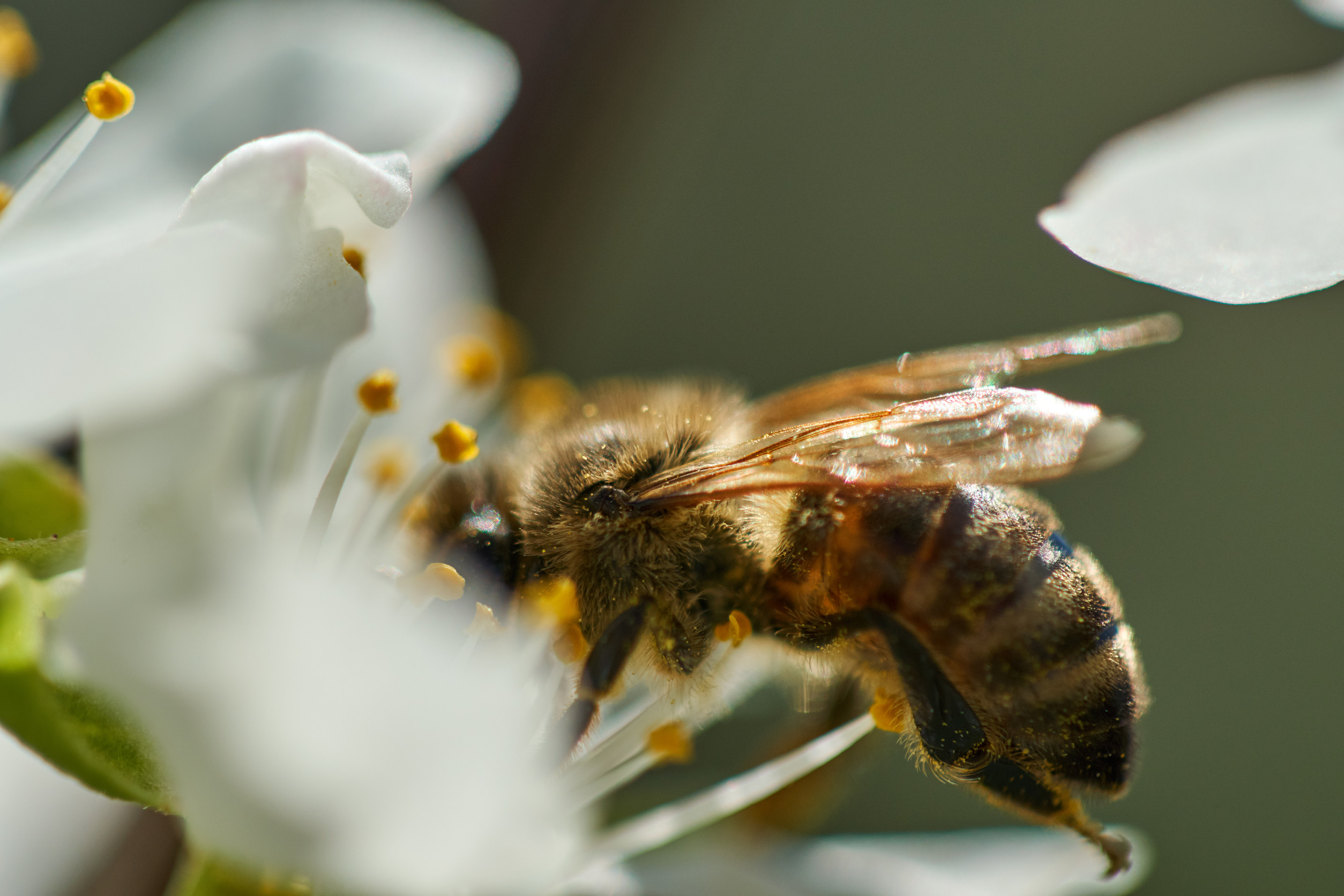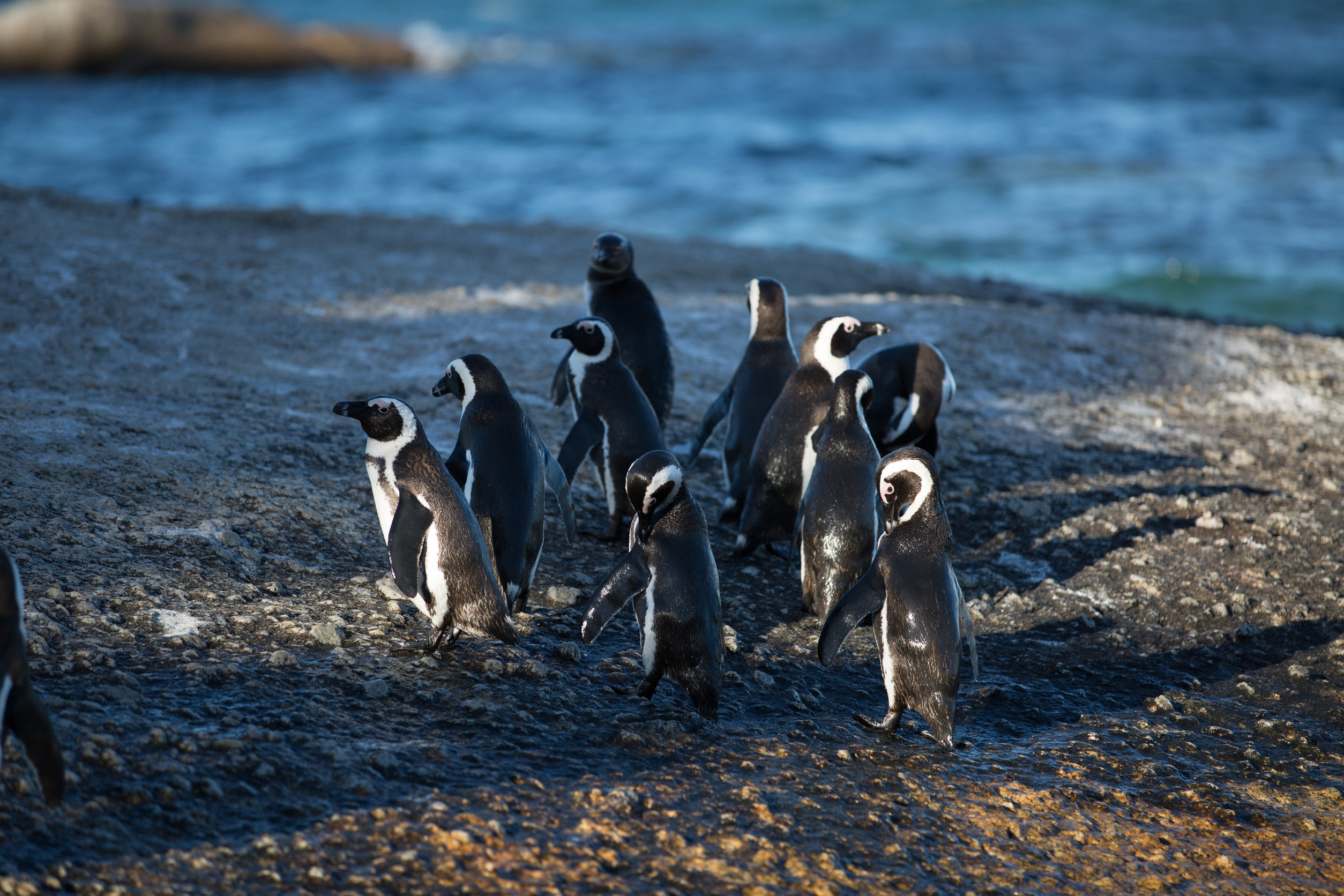The saliva of wax worms, the beehive-infesting larvae of wax moths, has incredible power. Apparently, it contains enzymes that quickly degrade plastic bags— an item we all know plagues our planet.
The enzymes—the first known to break down polyethylene in a matter of hours at room temperature—could result in more affordable methods of recycling the material.
Dr. Federica Bertocchini, a scientist and amateur beekeeper, made the discovery after cleaning out a wax worm-infested hive. At the Biological Research Center in Madrid, she recalled, “My beehives were overrun with wax worms, so I started cleaning them, putting the worms in a plastic bag.” Later on, she found that the larvae had eaten holes into the very same bags.
“After a while… we found it wasn’t only chewing, it was [chemical breakdown], so that was the beginning of the story,” she adds.
According to the researchers, the study findings indicated that insect saliva may be “a depository of degrading enzymes which could revolutionize [the cleanup of polluting waste].”
The problem of plastic pollution
Bags and other packaging are made of polyethylene, which accounts for 30% of all plastic output. The only recycling practiced on a large scale today involves mechanical methods and results in lower-quality goods.
On the other hand, chemical breakdown through these enzymes might result in useful chemicals or, with additional processing, new plastic, negating the requirement for fresh virgin plastic derived from oil.
What’s so special about wax worm spit?
According to the researchers, the early breaking of the polymer chains, which is a bottleneck in plastic degradation, can be readily overcome by the enzymes found in wax worm saliva. The enzymes function at room temperature (which is remarkable considering a lot of heat is usually required to break down polymer chains), in water, and at a pH of seven.
The researchers acknowledge that though this discovery is exciting, it is still early in the commercial application process. Dr. Clemente Arias, also at the Spanish research center, stated, “We need to conduct extensive research and consider how to build this new strategy to deal with plastic garbage.”
It’s possible that the enzymes were developed by wax worm larvae because they develop and feed on beeswax in the honeycombs of beehives. Another explanation is that the enzymes degrade the poisonous chemicals that plants make as a form of defense and are similar to some additives in plastics.
More plastic-eating entities
A 2021 study found that bacteria are developing to consume plastic, which is consistent with previous discoveries of beneficial enzymes in microbes. It discovered 30,000 distinct enzymes that might break down 10 various kinds of plastic.
200 proteins in the wax worm saliva were found in Dr. Bertocchini’s study, which was published in the journal Nature Communications, and just two were shown to have the plastic-eating effect. According to the study’s authors, insect saliva “might [be] a depository of degrading enzymes which could revolutionize the field of bioremediation.”
Source study: Nature Communications— Wax worms saliva and the enzymes therein are the key to polyethylene degradation by Galleria mellonella











